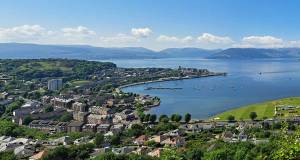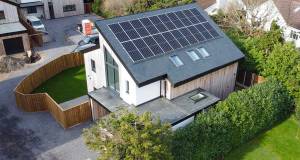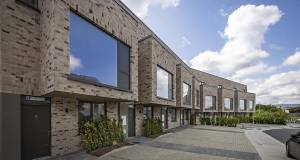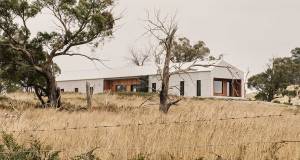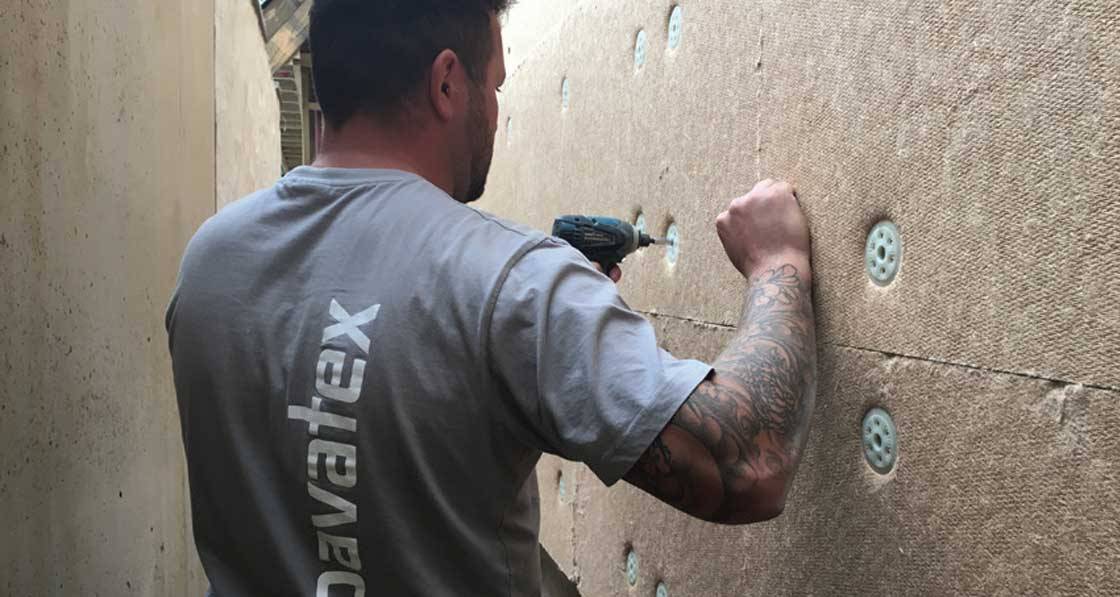
- Marketplace
- Posted
NBT set for 50% growth in sales this year
Woodfibre insulation specialist, NBT, is on target for a 50 per cent growth in sales volumes for 2018, indicating that specifiers are increasingly selecting woodfibre for its thermal performance, year-round comfort and moisture dispersion properties.
This article was originally published in issue 28 of Passive House Plus magazine. Want immediate access to all back issues and exclusive extra content? Click here to subscribe for as little as €10, or click here to receive the next issue free of charge
Woodfibre insulation currently accounts for less than one per cent of the UK insulation market but according to NBT supply problems in the mineral wool segment of the insulation market, coupled with fire risk concerns for poly-iso insulation products, have encouraged specifiers to re-examine how they are insulating buildings.
The company’s Andrew Mitchell said: “Woodfibre insulation, like the Pavatex range that we supply, is often the system of choice for timber and CLT projects, and well as the environmentally-focused projects for which you’d expect it to be the solution of choice due to the low embodied carbon thermal performance benefits.
“Pavadry woodfibre insulation, developed as part of the Pavatex range specifically for refurbishment projects, has also proved a popular choice for raising the thermal performance of ‘solid wall’ structures without compromising their building physics or external appearance.
“Current market conditions affecting other types of insulation are now prompting specifiers to look more closely at the benefits woodfibre can offer in terms of performance, ease of installation, technical support and cost, which is taking woodfibre beyond the realms of ‘eco’ and ‘heritage’ to meet the needs of any project.”
The increased sales volumes NBT has achieved over the course of this year, combined with exponential growth in enquiries for forthcoming schemes, reflect a varied project portfolio across the residential, office, culture and hospitality sectors, including both new builds and refurbishments.
Mitchell added: “The natural properties of woodfibre mean that it combines reduced heat loss with improved building comfort and low combustibility for a temperate year-round environment and low risk installation.
“It’s a sustainable choice made from renewable materials that delivers carbon lock up of ten tonnes for the average new build dwelling, but current market conditions are prompting specifiers to focus on woodfibre’s buildability and performance credentials too.”

